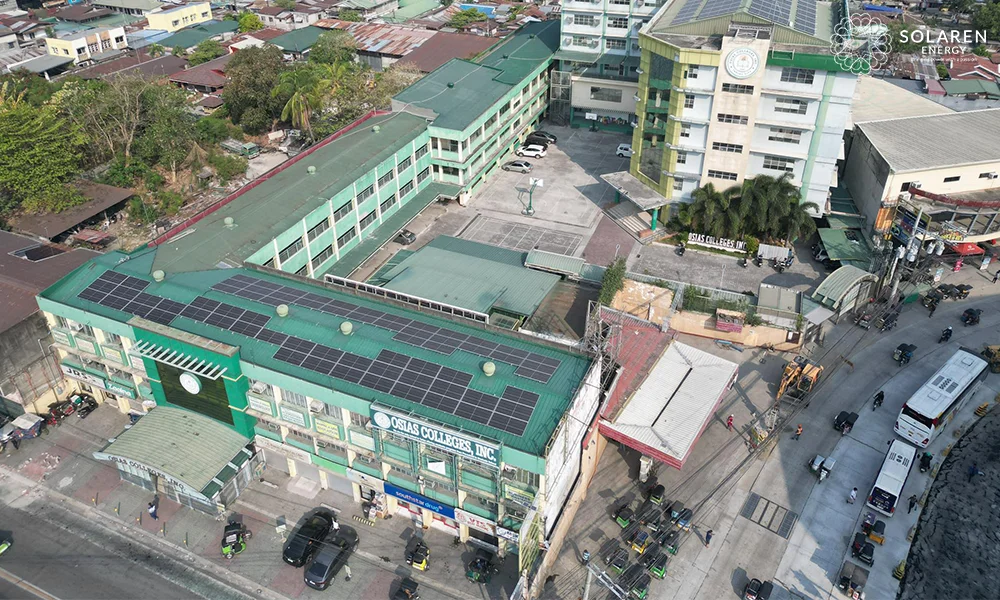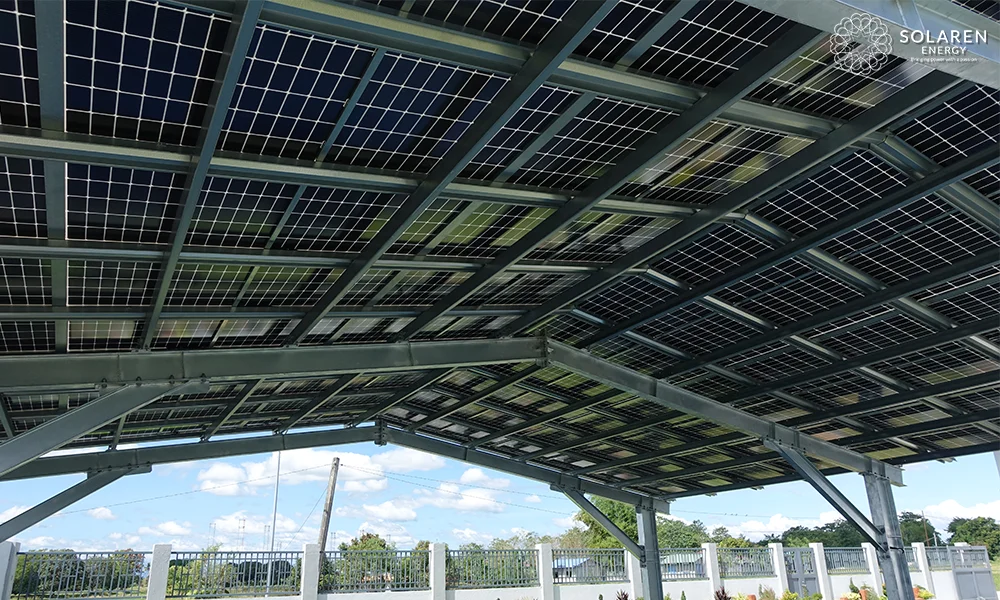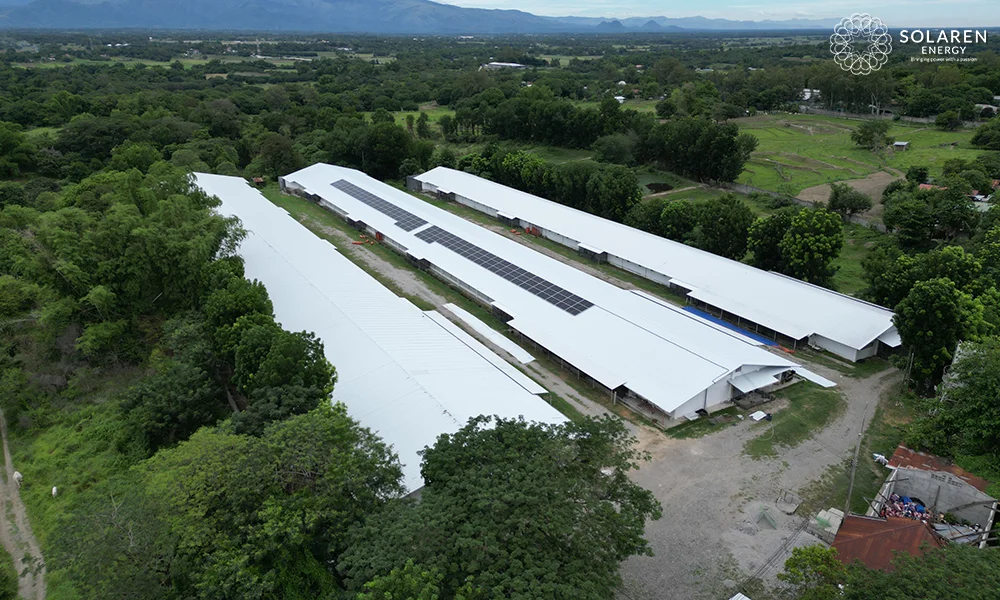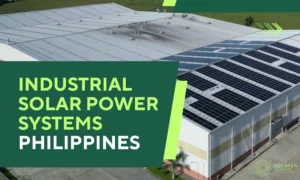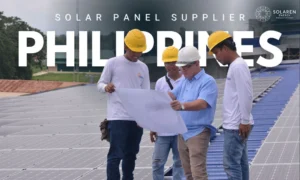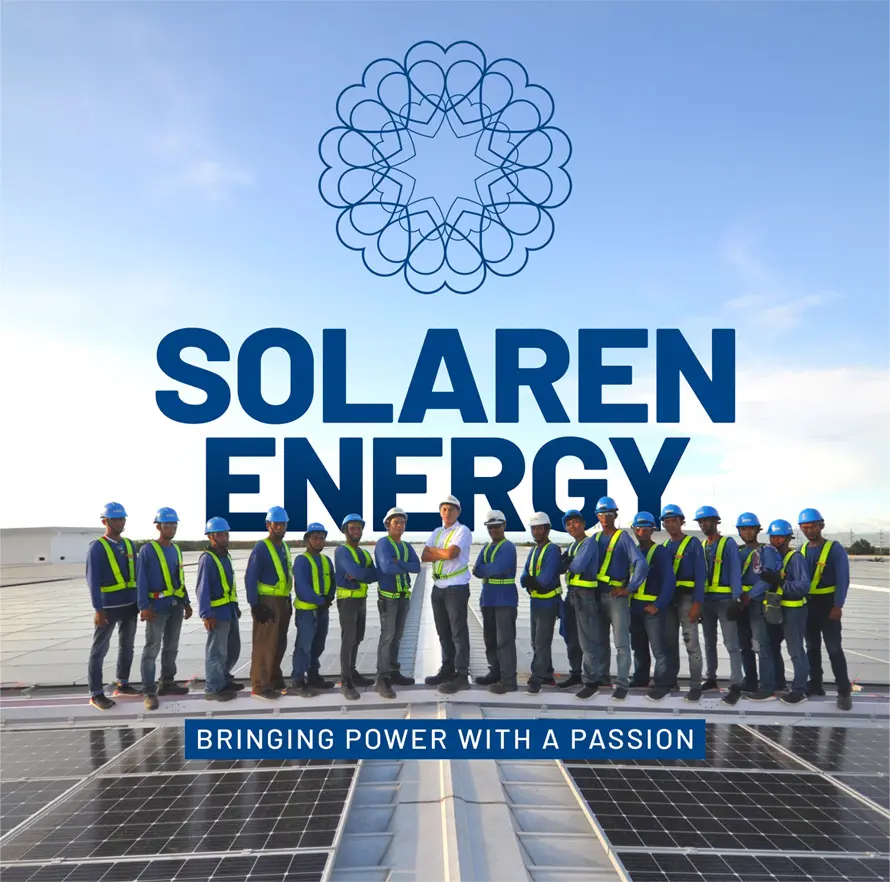As electricity prices climb and technology continues to advance, businesses and homeowners alike are turning to solar energy Philippines–based solutions. The market is nearing a critical tipping point, the moment when owning a solar system will cost less than relying on the national grid. This shift, known as the “solar price crossover,” is set to transform how the country powers its homes, buildings, and industries.
Solar Is Getting Cheaper by the Year
The global cost of generating solar electricity has dropped dramatically over the past decade. From USD 0.38 per kWh in 2010, it’s now down to just USD 0.044. The Philippines is following this global curve, helped by:
- Scaled-up manufacturing in Asia
- Breakthroughs in solar cell efficiency
- Competitive bidding that drives down system costs
These trends are not hypothetical. Power Purchase Agreements (PPAs) for large solar projects in the Philippines now land at PHP 4.50/kWh—well below daytime grid prices. As these projects scale, commercial and rooftop buyers gain access to the same savings.
Electricity Prices Keep Climbing
From PHP 8.0/kWh in 2010 to PHP 11.6/kWh in 2024, tariffs are steadily rising. This is due to:
- Imported fuels like coal and LNG priced in dollars
- High costs of maintaining island grids
- Legacy generation contracts with fixed fees
- Taxes, levies, and universal charges
For many Filipinos, electricity takes a disproportionately large chunk of income. This makes the appeal of solar energy Philippines even stronger.
Panel Technology Has Leaped Ahead
New hardware continues to improve output and shorten ROI timelines:
- N-type TOPCon panels now deliver up to 25% efficiency
- Bifacial modules harvest light from both sides, boosting output by up to 30%
- Reflective roof coatings can add 3% extra yield for minimal investment
A 680kWp system in Laguna was recently upgraded from monofacial to bifacial panels, increasing energy generation by 19% without adding surface area. Add high-albedo paint, and payback was cut from 7 years to just 4.
Smarter Inverters and System Components
Modern solar installation Philippines projects benefit from next-gen “balance-of-system” features:
- Multi-MPPT inverters optimize performance even in partial shade
- 1500 V DC strings lower energy loss and cut wiring costs
- Real-time monitoring allows fast fault detection
- Rust-resistant mounting rails increase lifespan in coastal zones
- Plug-and-play cabling speeds installation and improves site safety
Together, these improvements can generate over 15,000 extra kWh per year for a 100 kW array compared to 2010-era systems.
Energy Storage Is Exploding
Batteries are no longer a luxury—they’re a smart addition. Storage allows systems to save power for evening use or backup during outages. Deployment of energy storage solutions has grown from 83 MWh in 2022 to a projected 1,400 MWh by end-2025.
Why now?
- Battery prices have dropped by over 75% in 10 years
- Evening power rates can be ₱4 higher than midday
- Frequent brownouts make energy independence a business necessity
A 2 MWh battery in Pampanga generated ₱9 million in savings and revenue in its first year—outperforming its financial model.
How We Compare to Asia
Despite lower income levels, the Philippines has among the region’s highest residential electricity rates:
- Singapore: USD 0.249/kWh
- Philippines: USD 0.207/kWh
- Japan: USD 0.201/kWh
- Indonesia: USD 0.086/kWh
A Quezon City condo project proves that solar energy Philippines can thrive in urban settings. A 300 kW system dropped shared-area electricity use by 78%, slashed association dues, and became cash-flow positive within two months.
Policy Is Catching Up
The Philippine government is clearing the path for faster solar adoption:
- A 35% renewable target by 2030
- New rules for net billing that increase export credit value
- Local incentives like property tax rebates in Quezon City and Iloilo
- Building code proposals requiring solar-ready rooftops
Combined, these moves signal that renewable energy company Philippines developers have strong tailwinds for growth.
What’s Next for Solar Energy Philippines
Here are four innovations on the horizon:
- Grid-forming inverters that help stabilize power quality
- Second-life EV batteries to lower storage costs in off-grid areas
- Virtual power plants linking thousands of rooftops into a single energy source
- Floating and agrivoltaic systems that increase capacity without using land
Final Thought
The Philippines is approaching a solar breakthrough. With prices falling, tech advancing, and policies aligning, solar energy Philippines is no longer just a sustainability choice—it’s a financially smarter one. Whether you’re a business owner, property manager, or policymaker, the time to shift to solar is now.


